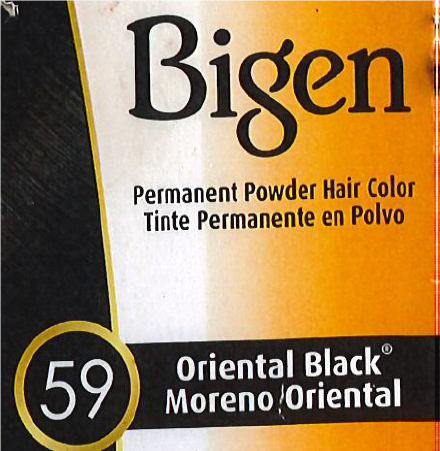Bigen Hair Dye Reactions

Our firm regularly receives calls from individuals who have experienced serious allergic reactions to hair dyes, particularly those who use darker colored dyes. It is important to be aware of the risk and to know what to do if you suffer a reaction.
Many permanent and some semi-permanent hair dyes contain a chemical called p-Phenylenediamine or paraphenylenediamine (PPD). PPD is the most common and well-known component of hair dyes.
It is a known irritant and allergen and is the source of most adverse reactions to hair dyes. The chemical may either act as an “irritant”, directly damaging the skin it comes in contact with, or as an allergen, triggering an allergic reaction that affects the skin.
The reactions can come on suddenly, or develop over a period of several hours to days following exposure. While reactions may occur on the scalp where the product was applied, visible irritation or inflammation on the scalp is often not observed due to the skin being shielded from the hair by the dye. Men dying their beard or moustache may develop reactions on their face. If a person has been previously exposed to and sensitized to PPD, they may experience more severe reactions and/or reactions on their neck, chest, and arms and/or swelling of their face and eyes.
Individuals are at a particular risk if they have or have had a black henna tattoo. These temporary tattoos should be avoided because the tattoo often contains toxic levels of PPD, which can sensitize you to the PPD. Essentially, this means your immune system will “remember” the chemical and launch a defensive reaction the next time you are exposed to it. Such reactions can be very serious, you could develop a life-threatening allergic reaction when you next use PPD hair dye.
Manufacturers recommended that a patch test is performed before the hair dye is used, even if the product has been used before.
If any irritation or reaction is experienced after the patch test, the product should not be used.
It should be noted that patch testing, just like black henna tattoos, is creating an additional skin exposure to PPD and may play a part in increasing the risk of sensitivity to PPD. Additionally, patch tests do not alert individuals who develop reactions beyond 48 hours or who have very weak reactions that go unnoticed.
If you develop a reaction to hair dye, even if it’s just a mild one, you should stop using products containing PPD altogether, as there’s a risk you could develop a more severe reaction in the future.
Our firm is an experienced product liability firm that has represented thousands of individuals in product liability and negligence cases. If you have suffered an allergic reaction, burn, infection, or some other harm caused by a defective cosmetic product, we would like to speak with you. There is no charge to speak with us to have your case reviewed. You may reach us online or at (877) 277-7336.

